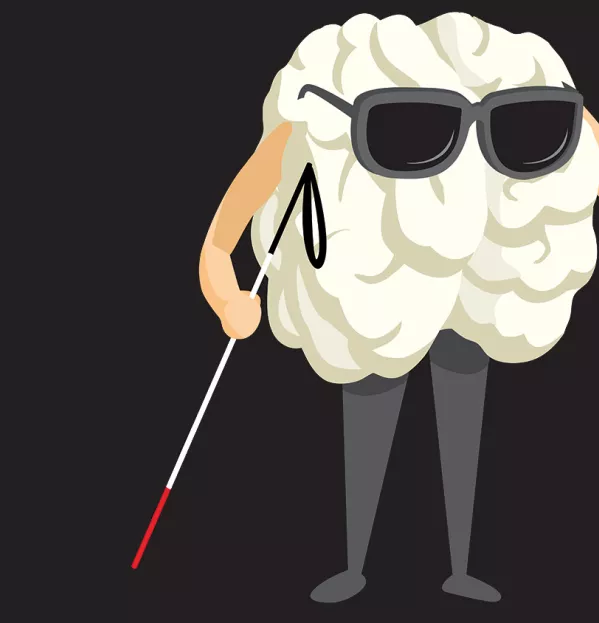The learning styles debate is reignited

Every few months, intense debates flare up on social media about education myths, and I can understand why. Who wouldn’t want to help teachers to avoid the pitfalls of unproven fads? But, in these debates, we need to make sure we don’t throw out any babies with the bathwater.
For instance, take the furore around learning styles, which was reignited recently after a review looked at 10 years of belief in neuromyths (Newton and Salvi, 2020). The issue is not around the existence of learning styles (as we do all have learning preferences), but the belief that teaching to these learning styles will maximise the learning that takes place (known as the “meshing hypothesis” ). The research is clear that it does not.
The review looks at 37 studies taking place from 2009 to early 2020, representing 15,405 educators from 18 countries around the world. And the results make for grim reading.
The self-reported belief in matching instruction to learning styles in teachers and pre-service teachers was high - on average, almost 90 per cent - with no evidence that this belief had declined in recent years. This is despite the lack of evidence for the meshing hypothesis having been established as early as 2004, with countless blogs, articles and books on the subject arriving since.
According to the authors of the review, it does not seem that training, or debunking, is a useful approach to address widespread belief in learning styles, although a study by Macdonald and colleagues (2017) did show that knowledge of peer-reviewed science significantly reduced beliefs in neuromyths, including learning styles. Macdonald et al posit that training in education and neuroscience can help reduce, but does not eliminate, belief in neuromyths. But the authors also point out that “in classroom practice, teachers have adapted the theory to fit classroom needs”.
Learning styles debunked
“For example, teachers weave visual and auditory modalities into a single lesson rather than providing separate modality-specific lessons to different groups of children based on self-identified learning style preferences,” they say.
They even go so far as to say that an “unintended and potentially positive outcome of the perpetuation of the learning styles neuromyth is that teachers present material to students in novel ways through multiple modalities, thereby providing opportunities for repetition which is associated with improved learning and memory”.
It leads them to conclude that although most neuromyths are best dispelled through better information, the “learning styles neuromyth appears to be a special case that requires deeper engagement with the educational community”.
So, perhaps this particular myth requires more careful consideration than we have been giving it. It’s all too easy to have a Pavlovian response to seeing the words “visual”, “auditory” and “kinaesthetic” in learning materials, prompting an immediate dismissal. But this also risks dismissing things that do work: different modalities are useful, some forms of movement such as embodied cognition can contribute to better learning. It is more productive to discuss these things rather than dismiss and mock.
Let’s not invest time and effort in unevidenced interventions when we could be doing other things that are more effective for learning. But let’s also ask ourselves: is spending time arguing about others’ belief in neuromyths all that productive either?
Christian Bokhove is associate professor in mathematics education at the University of Southampton and a specialist in research methodologies
This article originally appeared in the 5 March 2021 issue
Register with Tes and you can read two free articles every month plus you'll have access to our range of award-winning newsletters.
Keep reading with our special offer!
You’ve reached your limit of free articles this month.
- Unlimited access to all Tes magazine content
- Save your favourite articles and gift them to your colleagues
- Exclusive subscriber-only stories
- Over 200,000 archived articles
- Unlimited access to all Tes magazine content
- Save your favourite articles and gift them to your colleagues
- Exclusive subscriber-only stories
- Over 200,000 archived articles